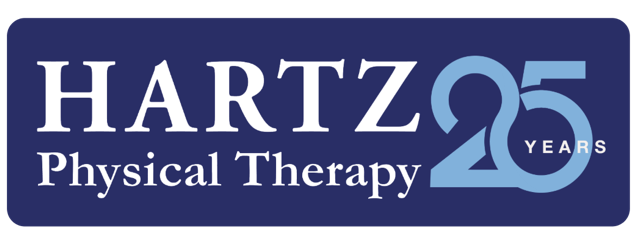Written by Alyssa Sadorf
Article
 Maintaining a strong core and good balance becomes increasingly crucial for overall health and independence as we age. Core strength, which refers to the muscles of the abdomen, back, and pelvis, provides stability and support for the entire body. Meanwhile, balance is essential for preventing falls and injuries, which can have serious consequences for seniors. In this blog post, we’ll explore the importance of core strength and balance for the elderly population and provide practical tips for improving both.
Maintaining a strong core and good balance becomes increasingly crucial for overall health and independence as we age. Core strength, which refers to the muscles of the abdomen, back, and pelvis, provides stability and support for the entire body. Meanwhile, balance is essential for preventing falls and injuries, which can have serious consequences for seniors. In this blog post, we’ll explore the importance of core strength and balance for the elderly population and provide practical tips for improving both.
Why Core Strength Matters:
1. Improved Posture: A strong core helps maintain proper posture, which reduces strain on the spine and can alleviate back pain commonly experienced by seniors.
2. Enhanced Stability: Core muscles provide stability during everyday activities like walking, standing, and bending, reducing the risk of falls and injuries.
3. Better Mobility: Strong core muscles support mobility and flexibility, making it easier to perform daily tasks and engage in physical activities.
The Role of Balance:
1. Fall Prevention: Balance is critical for preventing falls, which are a leading cause of injury and loss of independence among seniors.
2. Functional Independence: Good balance allows us to maintain independence by confidently navigating our environment and performing daily activities without assistance.
3. Confidence and Quality of Life: When people feel confident in their balance, they are more likely to stay active and engaged in social and recreational activities, leading to a higher quality of life.
 Tips for Improving Core Strength and Balance:
Tips for Improving Core Strength and Balance:
1. Core-Strengthening Exercises:
○ Posterior Pelvic Tilts: Begin in a supine position with knees bent. Using your abdominals, gently roll your hips backward, feeling your lower back press downwards towards the floor.
○ Bridges: Lie on your back with knees bent, lift hips towards the ceiling, hold for a few seconds, and lower down.
○ Standing Twists: Stand with feet shoulder-width apart and twist your torso from side to side while keeping your hips stable.
2. Balance Training:
○ Rhomberg Stance: Stand with your feet together and try to balance without holding on. Please make sure you have a chair for support to prevent a complete loss of balance.
○ Yoga: These gentle exercises focus on balance, flexibility, and mindfulness, making them ideal for seniors.
○ Balance Boards or Stability Balls: Using equipment like balance boards or stability balls can challenge balance and stability in a safe environment.
3. Incorporate Functional Movements:
○ Practice standing up from a chair without using your hands for support.
○ Walk heel-to-toe in a straight line to improve balance and coordination.
○ Include exercises that mimic daily activities, such as reaching for objects on high shelves or bending to pick up items from the floor.
4. Consistency is Key:
○ Aim for at least 30 minutes of moderate intensity exercise most days of the week, incorporating both strength training and balance exercises.
○ Start slowly and gradually increase the intensity and duration of workouts as strength and balance improve.
By prioritizing core strength and balance, people can enjoy improved mobility, reduced risk of falls, and a greater sense of independence and well-being. Remember to always consult with a healthcare professional before starting any new exercise program, especially if you have pre-existing health conditions or concerns, we would love to work with you! Let’s stay strong, balanced, and active as we age gracefully!
